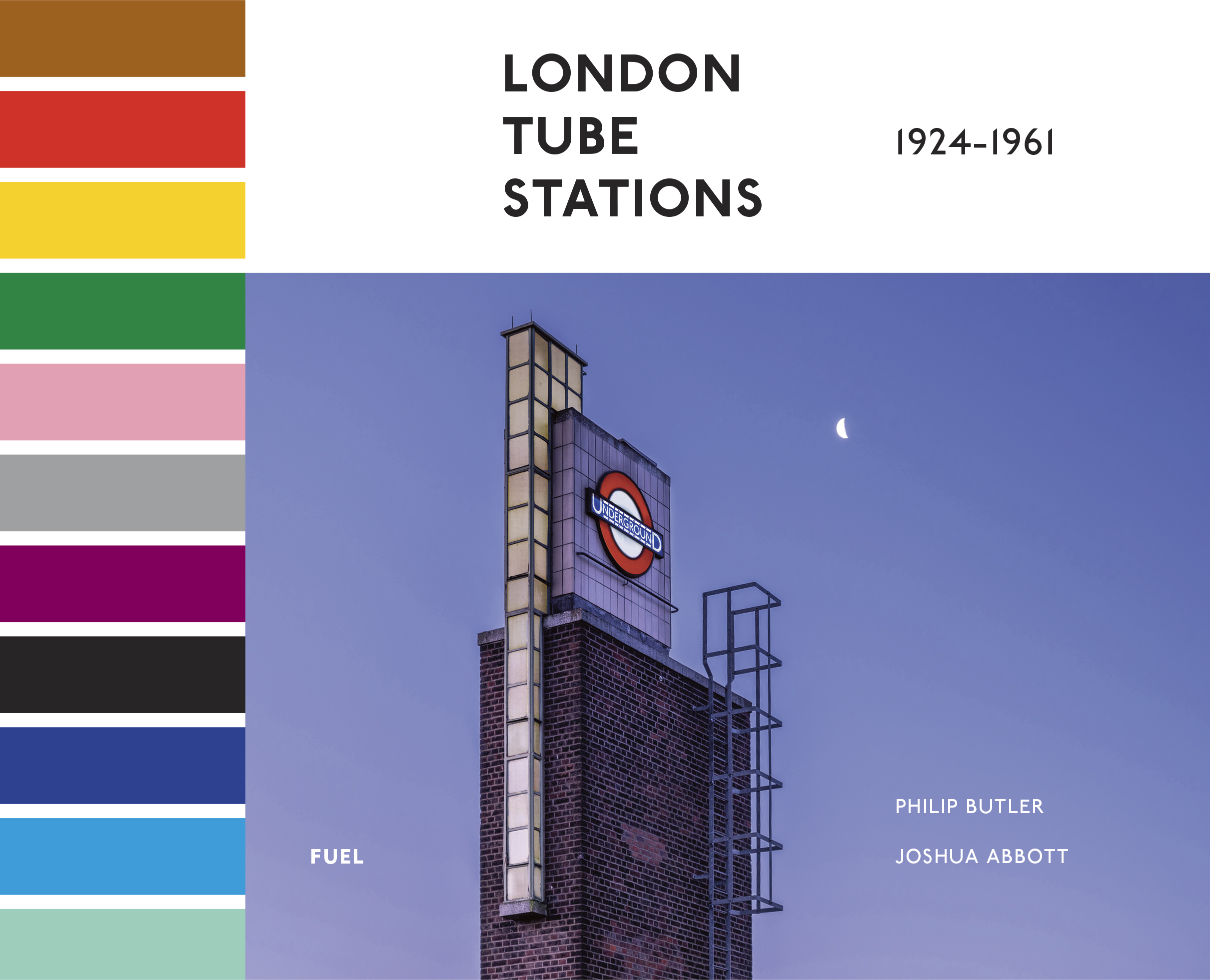Post
BOOK REVIEW | London Tube Stations 1924-1961
11 Oct 2023
By Philip Butler and Joshua Abbott
Published by Fuel, 2023
Reviewed by Steven Heywood
The long-delayed opening of the central section of Crossrail last year caused much excitement among rail enthusiasts. But it was also a much-anticipated day for architecture lovers, who got to enjoy a selection of impressive new stations across central London.
In The Observer, Rowan Moore compared these ‘vast volumes hollowed out of the London soil’ to the scale of medieval Winchester cathedral, and this mostly-pictorial volume exploring 37 years in the history of London’s tube stations opens with a slightly different comparison between the tube and medieval cathedrals.
Frank Pick, the Chief Executive of London Transport for much of this period, apparently saw the process of redeveloping tube stations as a kind of medieval modernism - ‘comparing the extension of the Underground network to the creation of a great cathedral, many hands and years in the making’, the scale of the task being the key comparator here rather than the scale of the buildings themselves, many of which seem quite modest compared to the behemoths of the Crossrail project.
Get priority booking on events - join The London Society
Pick was aided in this task by several architects and designers, chief among them Charles Holden, who designed many of the stations featured in this book, supervised others, and influenced many more. His grade II-listed Boston Manor station graces the front cover with its striking glass brick tower, and his ‘Sudbury box’ style, pioneered at Sudbury Town in 1932, ‘provided a blueprint for Britain’s next ten years of transport infrastructure’.
Following an introductory chapter that briefly sets out this historical context, the rest of the book follows a standardised format. There are nine sections, arranged mostly by tube line but also broadly chronologically, each with a brief introduction and then a few double-page spreads of the relevant stations.
Each spread has a paragraph of text from Abbott, highlighting architectural styles and design features, and two or three photos from Butler - always at least one from the outside of the station, with others usually showing some internal or platform level details. A final section looks at stations from this period that have since been redeveloped.
The photographs are all lovingly taken, by a photographer whose foreword describes his childhood (and ongoing) fascination with the network, and they are well reproduced on high-quality paper in this edition.
The pictures were taken during different times and weather conditions, and a slight complaint would be that while some of the pictures taken around sunset and dusk are majestic, a few of the more nocturnal scenes are too dingy to really pick out the qualities of the stations.
Additionally, and a slightly strange thing to say about a book that consists of roughly 80% photographs, is that it could almost do with more of them - on occasion, Abbott’s text will highlight a fascinating-sounding detail that isn’t represented in the pictures.
Check out the latest rundown of upcoming events
Despite these minor gripes, this remains a fascinating study of the period, and the chronological layout and brief-but-informative introductions to each section make it easy to track the changes in station design over this period, from the early Portland stone facades of the Northern line extension, through the experiments with form and material along the Piccadilly line (including the aforementioned Sudbury box), into the more austere designs of the post-war period.
